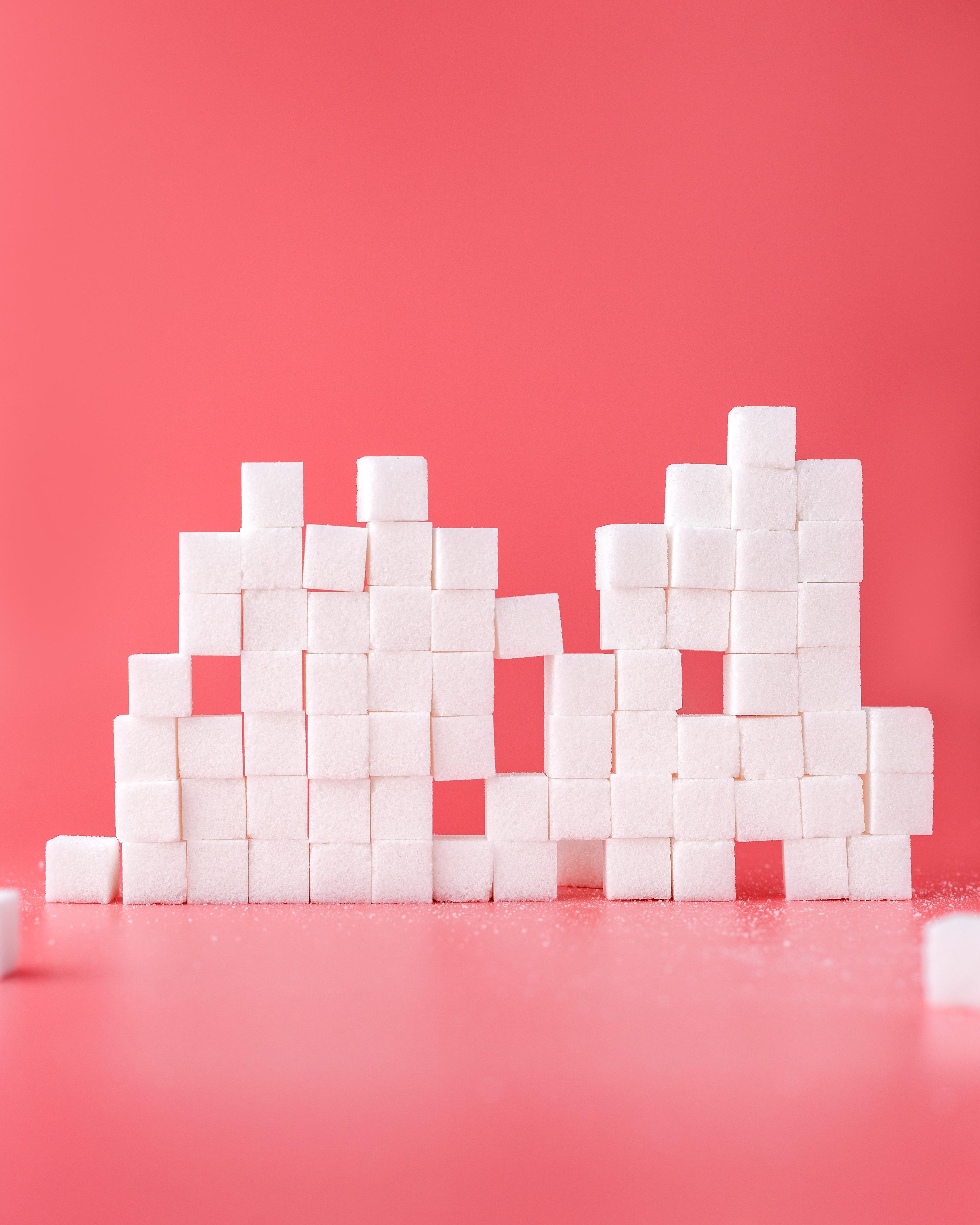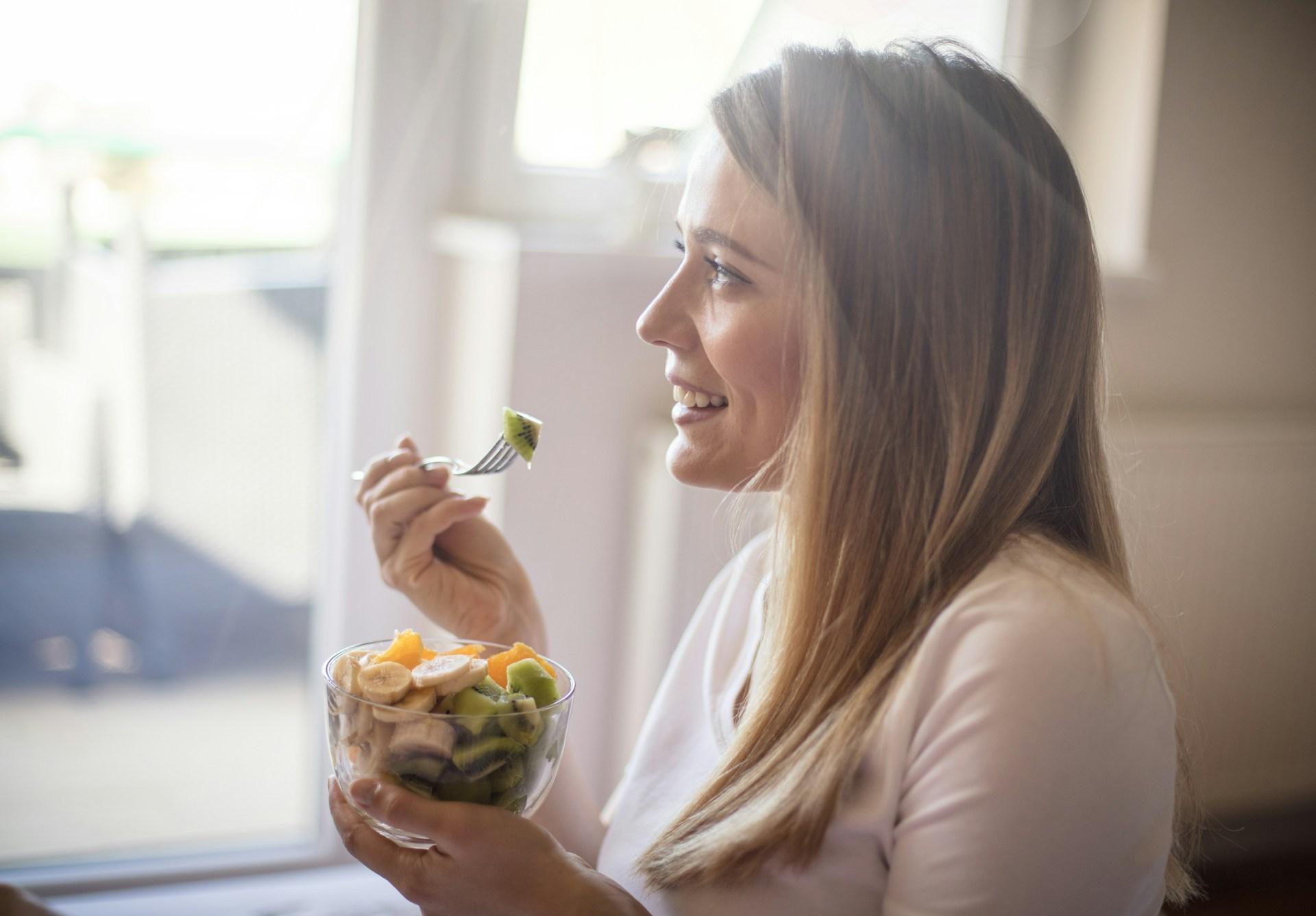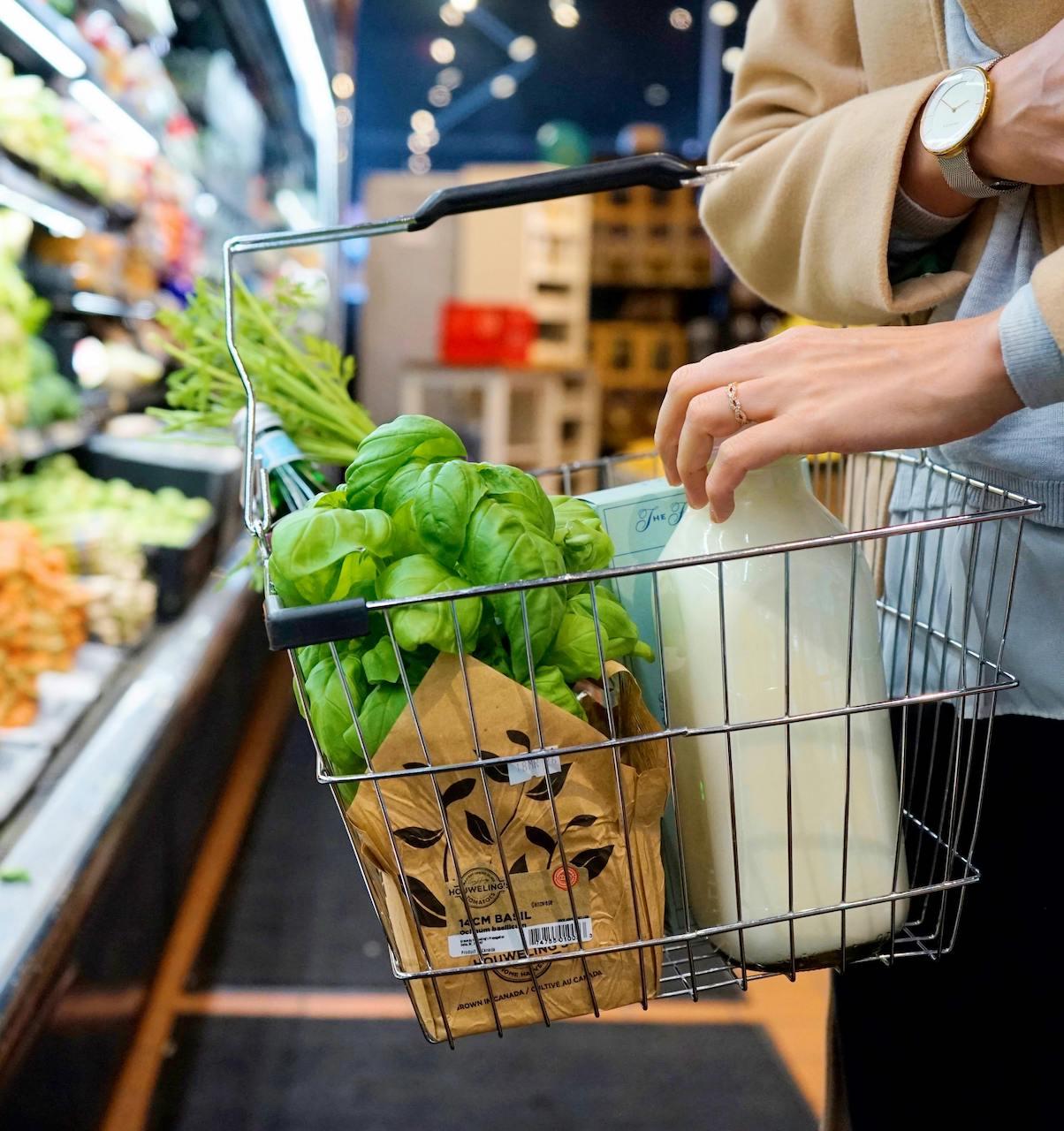Overwhelmed by all of the sugar-free sweeteners on the market? We don’t blame you. Add to that the never-ending confusion about whether sweeteners are safe and things get even more confusing.
Experts continue to question whether zero- or low-calorie sweeteners truly improve blood sugar regulation and promote weight management given the rising rates of type 2 diabetes and obesity in the United States. Here’s Culina Health’s take on the safety of sweeteners.
The Basics on Low-Calorie Sweeteners
There are different categories of sweeteners available: non-nutritive sweeteners (NNS), which are calorie-free, and low-calorie sweeteners (LCS) which provide a negligible number of cals per serving. For easy reading, we’ll refer to them all as LCS here.
Popular LCS include products like Sweet’N Low, Splenda, Equal, stevia, and monk fruit. While they all serve the same function, each sweetener is made of different chemical compounds. Some of these compounds are synthetic, while others are naturally occurring.
LCS aim to serve up serious sweetness sans calories or blood sugar spikes. Take Sweet’N Low, for example. The product tastes a whopping 200-700(!) times sweeter than table sugar but contains less than 4 calories per packet. Sounds too good to be true? It just might be.
What Are Sweeteners Anyway?
Before we dive into the research on LCS, it’s helpful to understand what they are.
Dextrose
Found in Sweet’N Low, dextrose is a sugar often made from corn starch that is almost chemically identical to glucose, a simple sugar. The product also contains saccharin, an artificial ingredient that’s reportedly 300-400 times sweeter than table sugar.
Sucralose
Sucralose is a lab-made chemical compound found in chewing gum, sugar-free desserts, gelatin, and Splenda. The LCS has a specific structure that doesn’t allow for it to be digested by the body – instead, it’s excreted when we go to the bathroom.
Aspartame
Aspartame (AKA Equal) is made of two amino acids – aspartic acid and phenylalanine. You’ll find it in products like diet sodas and sugar-free puddings as well.
Stevia
Stevia is a natural LCS derived from the Stevia rebaudiana plant that’s native to South America.
Monkfruit
Monkfruit is another natural sweetener that comes from a fruit native to China and Thailand.
What Does the Research Say About Low-Calorie Sweeteners?
It depends on the sweetener – and who you ask. Example A: Saccharin (AKA Sweet’N Low) was thought to be associated with an increased risk of bladder cancer back in the 1970s. That’s since been disproven, but concerns remain about the effects of LCS on our health. Here are a few concerns:
- One March 2018 study (conducted in rats) reported that saccharin increased the animals’ blood sugar levels just as much as fructose, a simple sugar, though the LCS didn’t promote insulin resistance in the rats’ livers.
- Research suggests that aspartame may impair antioxidant balance in the body, increasing oxidative stress and promoting inflammation.
- Stevia, sucralose and saccharin might mess with the delicate balance of bacteria in the gut microbiome and contribute to dysbiosis.
- LCS of any kind can generate taste preferences for ultra-sweet foods. As such, the more low-calorie sweets we eat, the more we may reach for real sweets. Let’s be real – strawberries don’t hit the same when you’re used to adding three Splendas to your coffee…
Obviously, the goal of LCS is to prevent excessive caloric intake, blood sugar spikes, and their associated outcomes, like obesity and type 2 diabetes. And some studies suggest they may succeed in this, to an extent. One randomized clinical trial published in the New England Journal of Medicine showed that kids who switched from sugar-sweetened beverages to artificially sweetened sips gained less weight and accumulated less fat over the course of the 18-month study.
But the long term metabolic effects of sweeteners remain unclear, and some experts believe sweeteners may actually increase insulin resistance (IR) over time.
How? The thinking goes that when the body tastes super “sweet” foods, it starts to prepare for glucose’s grand entrance into the bloodstream. The pancreas produces the hormone insulin to help shuttle that glucose into our cells. But, if the glucose never shows up, we’re left with too much circulating insulin. Over time, this may promote fat storage and insulin resistance, a condition that’s associated with greater risk of high blood pressure, elevated blood sugar levels, increased appetite, weight gain, high cholesterol, elevated inflammatory markers, and chronic illness. Yikes.
As for natural sweeteners, stevia and monk fruit have not been found to negatively affect blood sugar or insulin levels, but more extensive research on these ingredients is needed.
So Real Sugar is Better Than Sweeteners?
Yes and no. There’s no question that regularly consuming ultra sweet foods (and drinks) can lead to rapid spikes in blood sugar levels that may promote increased cravings, weight gain, glucose intolerance and a higher risk of chronic conditions like heart disease and type 2 diabetes. But, as we learned above, LCS aren’t perfect either.
The best approach is to emphasize whole foods like dates and fresh or frozen fruit. Foods like these provide fiber as well as natural sweetness. Not only are they unprocessed, but their fiber component helps the body metabolize their natural sugars more slowly so you don’t experience as much of a blood sugar spike – and inevitable crash.
The Takeaway
Replacing real sugar with LCS is likely to assist with weight loss. But, the jury’s still out on how these products affect our gut and metabolic health over time. For now, we recommend practicing moderation with both real sugar and LCS.
What’s moderation? When it comes to real sugar, the American Heart Association recommends the average woman consume less than 25 grams of added sugar per day. Men should aim to consume less than 36 grams of added sugar per day. Regulatory agencies have set “Acceptable Daily Intakes,” or ADIs, for LCS that outline the max amount of these products that can safely be consumed daily. But according to their estimates, a whopping 23 packets of Splenda per day may be a-ok…Spoiler alert: We do not agree with these guidelines. At all.
Aim to mindfully enjoy a sweet treat when you want one. Also, eat a high-fiber diet full of whole grains, fruits, and vegetables. If you’re struggling to find balance with sweets or are looking for more individualized recommendations, book a session with a Culina Health dietitian today! We’d love to work with you.






